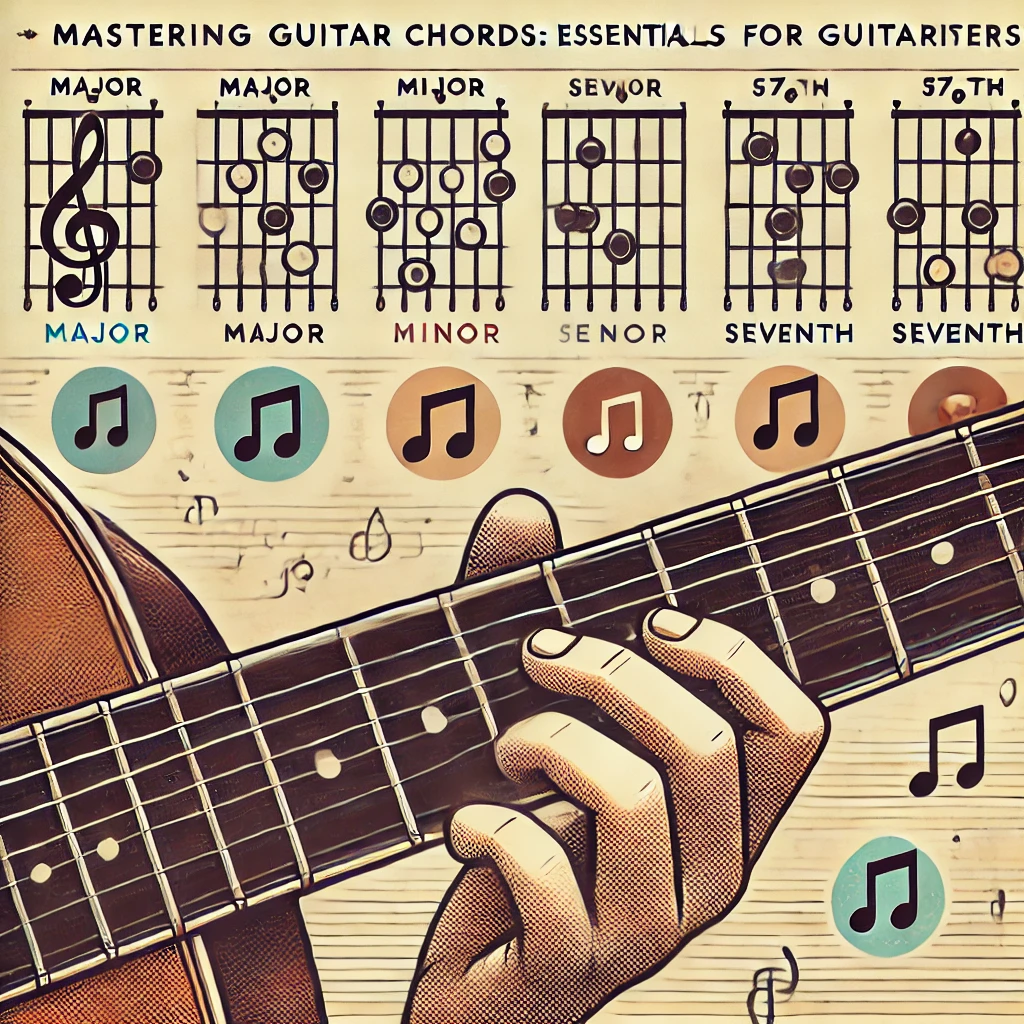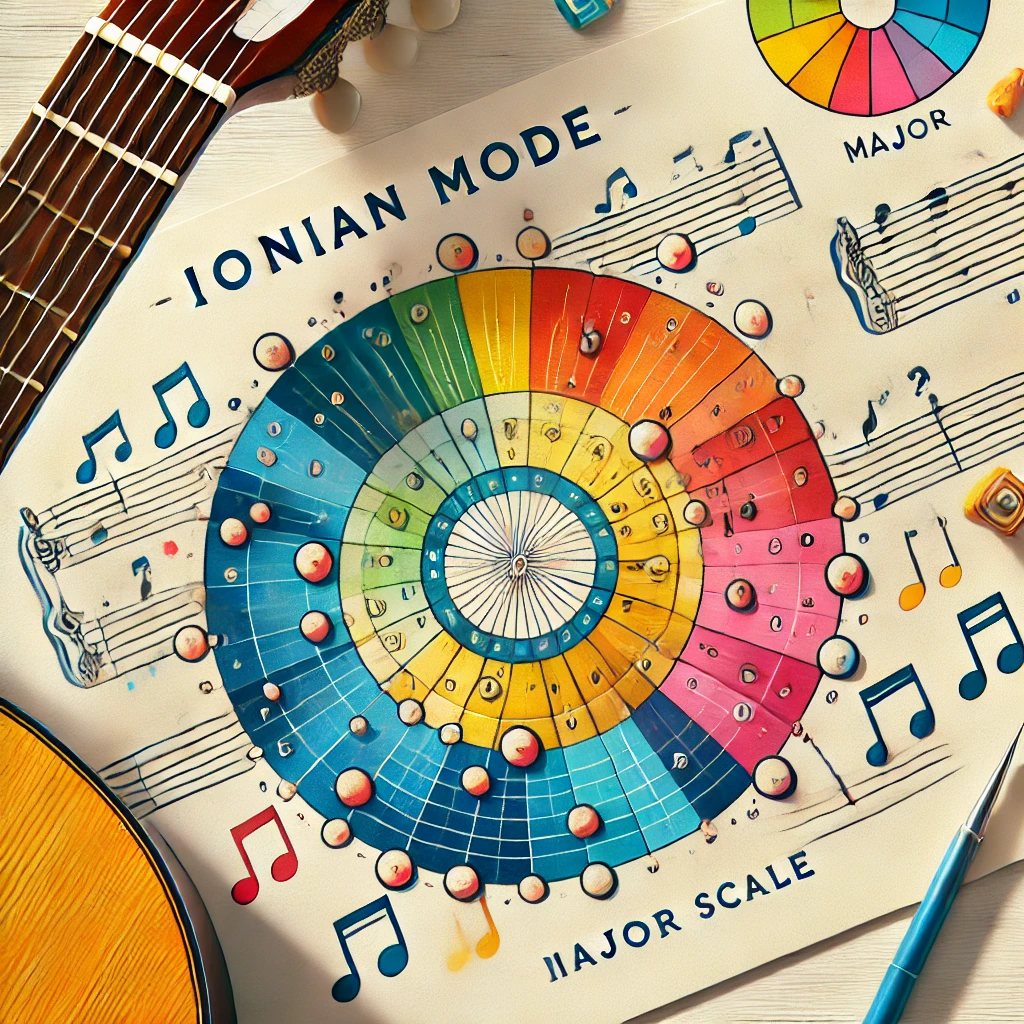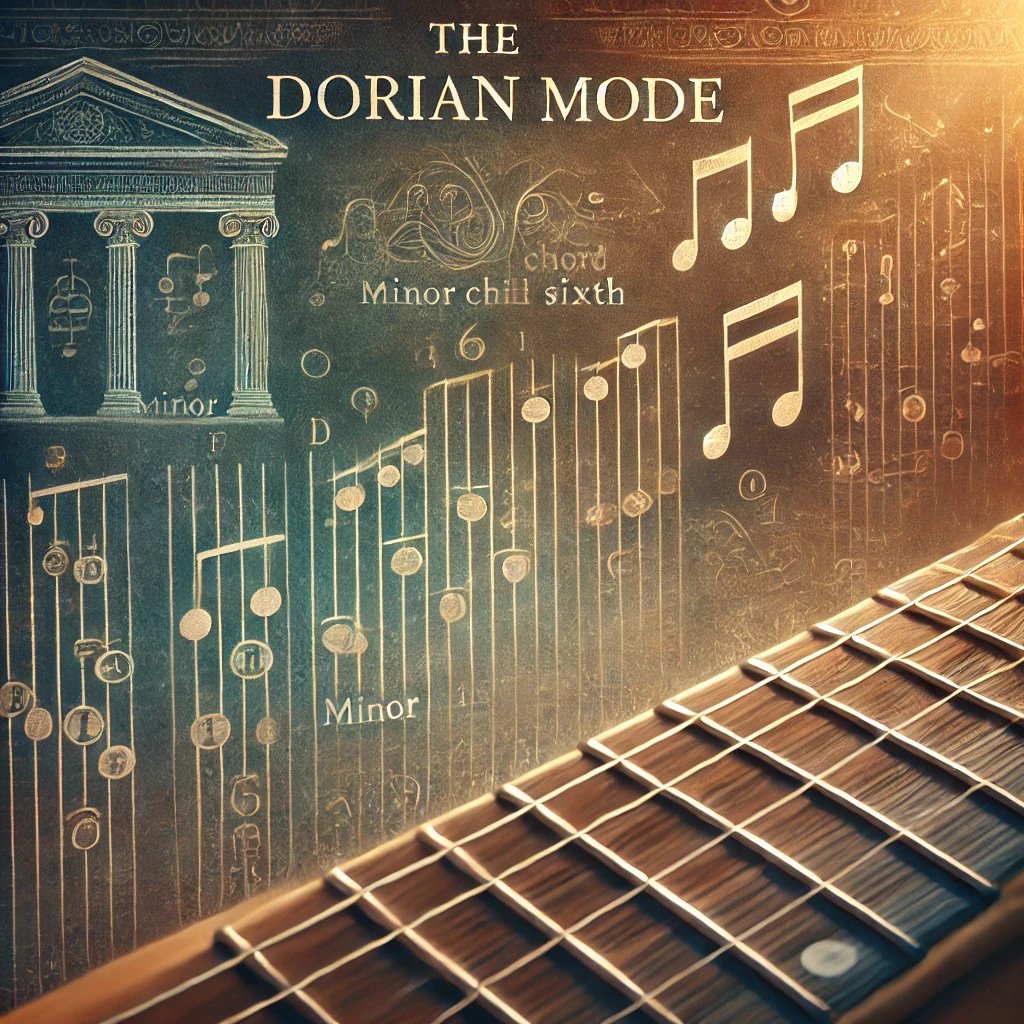· Music Theory · 3 min read
Musical Intervals Fundamentals and Applications
Learn about the different types of intervals, how to identify them, and how to use them to improve your understanding of music.
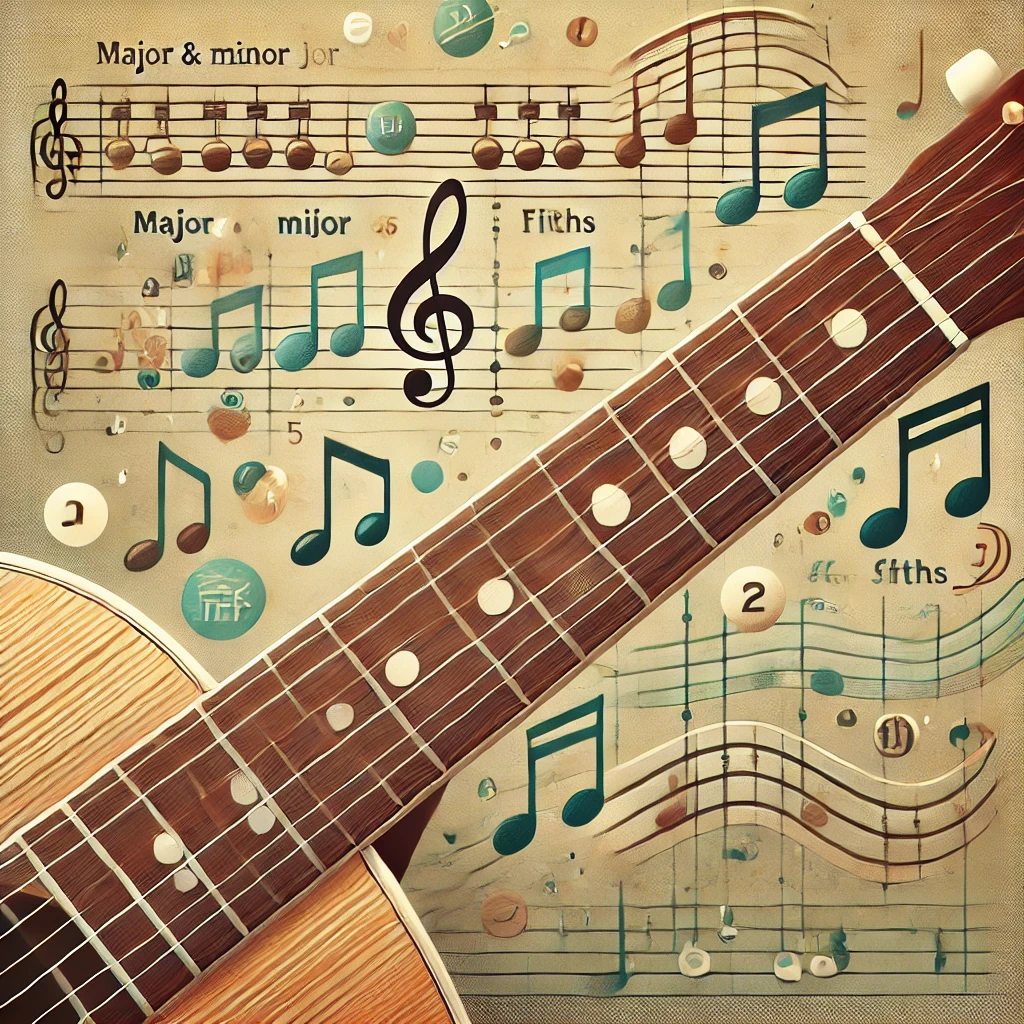
Understanding Musical Intervals: Fundamentals and Applications
Musical intervals are at the heart of music theory. They describe the distance and relationship between two notes, forming the basis of harmony and melody. Learning intervals not only improves your guitar playing but also helps you understand why certain note combinations work well together and how to create specific moods in your compositions.
What Is a Musical Interval?
An interval is the distance between two notes, measured in tones or semitones. Each interval has a specific name based on:
- The number of scale degrees between the notes (second, third, etc.)
- Its quality: major, minor, perfect, augmented, or diminished.
Each interval type has its own color and sonic character.
Interval Classification
There are two main types of intervals:
- Melodic Intervals: Notes are played one after another, forming a melodic line.
- Harmonic Intervals: Notes are played at the same time, creating a harmonic effect.
They can also be:
- Ascending: The second note is higher than the first.
- Descending: The second note is lower than the first.
Musical Interval Table
| Interval Name | Abbreviation | Semitone Distance |
|---|---|---|
| Perfect Unison | P1 | 0 semitones |
| Minor Second | m2 | 1 semitone |
| Major Second | M2 | 2 semitones |
| Minor Third | m3 | 3 semitones |
| Major Third | M3 | 4 semitones |
| Perfect Fourth | P4 | 5 semitones |
| Augmented Fourth / Diminished Fifth | A4 / d5 | 6 semitones |
| Perfect Fifth | P5 | 7 semitones |
| Minor Sixth | m6 | 8 semitones |
| Major Sixth | M6 | 9 semitones |
| Minor Seventh | m7 | 10 semitones |
| Major Seventh | M7 | 11 semitones |
| Perfect Octave | P8 | 12 semitones |
🧠 Note:
- “P” = Perfect
- “M” = Major
- “m” = Minor
- “A” = Augmented
- “d” = Diminished
Intervals on the Guitar Fretboard
Second (2nd)
- Minor (m2): One semitone apart. Example: B to C. Tense, chromatic sound.

- Major (M2): Two semitones apart. Example: C to D. Gentle, smooth feeling.

Third (3rd)
- Minor (m3): Three semitones. Example: A to C. Defines minor chords, melancholic sound.

- Major (M3): Four semitones. Example: C to E. Defines major chords, bright and happy.

Fourth (4th)
- Perfect (P4): Five semitones. Example: C to F. Solid and strong, used in many chords.

Fifth (5th)
- Perfect (P5): Seven semitones. Example: C to G. Very consonant and stable, core of power chords.
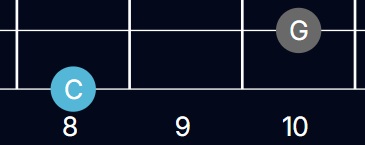
Sixth (6th)
- Minor (m6): Eight semitones. Example: C to G#. Darker, tenser effect.

- Major (M6): Nine semitones. Example: C to A. Melodic, nostalgic.

Seventh (7th)
- Minor (m7): Ten semitones. Example: C to A#. Relaxed and common in seventh chords.
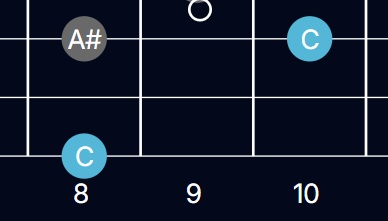
- Major (M7): Eleven semitones. Example: C to B. Tense, jazzy, often used in complex harmony.
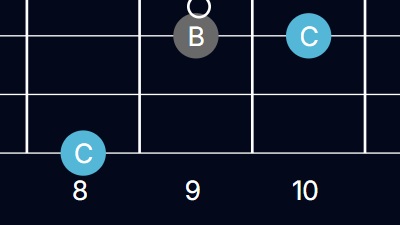
Octave (8th)
- Perfect (P8): Twelve semitones. Example: C to C (one octave higher). Most consonant interval.
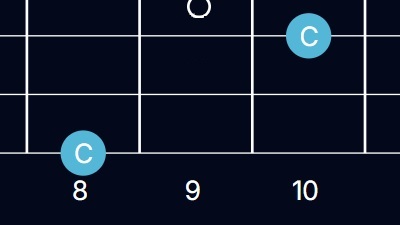
How to Practice Intervals on Guitar
- Memorize intervals across the fretboard: Learn the shapes on different strings and positions.
- Ear training: Listen and recognize the emotional character of each interval.
- Improvise using only one interval: Try building melodies with only thirds, fifths, or sevenths to internalize their feel.
Applying Intervals in Composition and Improvisation
- Minor Intervals → sadness, tension
- Major Intervals → joy, brightness
- Perfect Intervals → stability
- Sevenths → sophistication, suspense
These colors let you paint emotional landscapes in your music. The more you use them, the more expressive your playing becomes.
Conclusion
Mastering intervals is essential for deepening your musical understanding and developing your guitar skills. With a solid grasp of intervals, you’ll be able to improvise, compose, and analyze music with more clarity and expression.
🎸 Start exploring intervals on your guitar today and unleash their expressive power in your musical journey!
